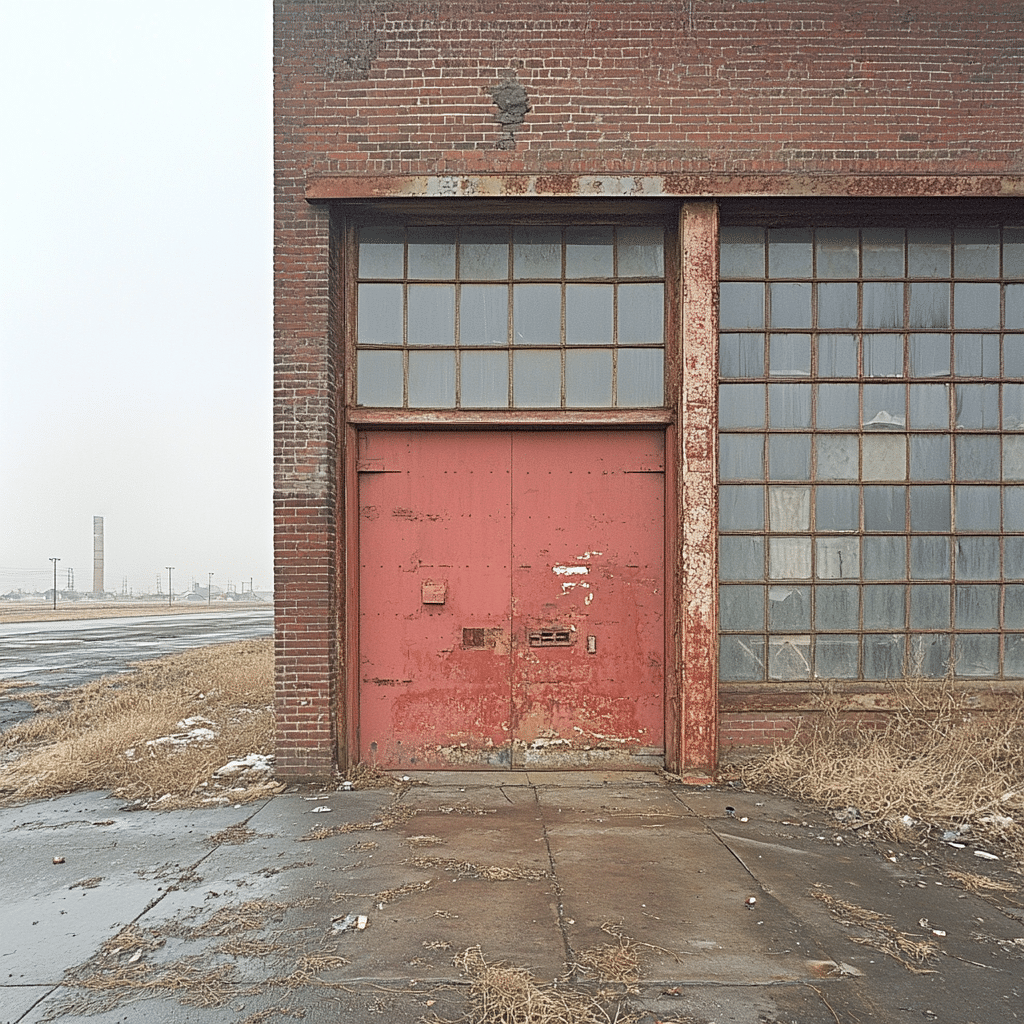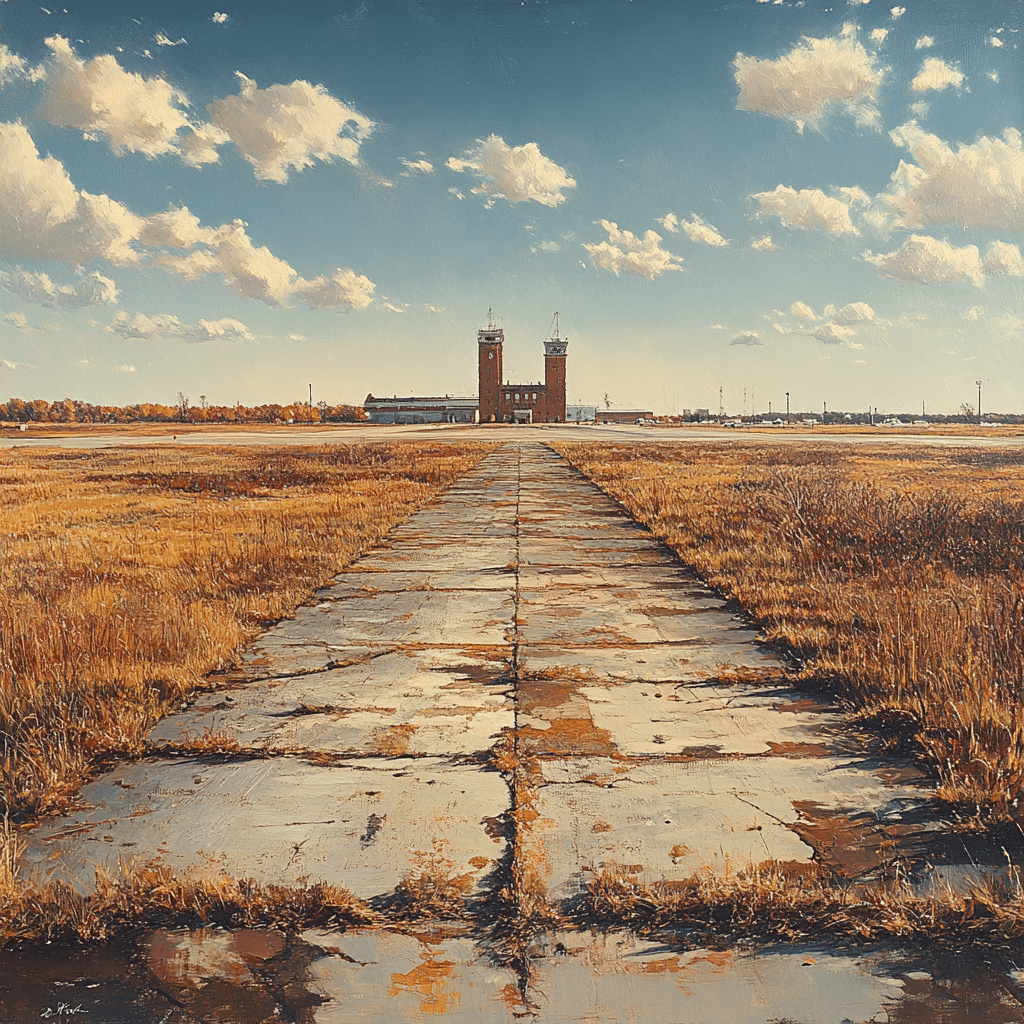Floyd Bennett Field, tucked away in Brooklyn, New York, stands as a testament to the rich tapestry of aviation history. Once the bustling first municipal airport of the city, Floyd Bennett Field opened its doors in 1930, quickly becoming a pivotal platform for daring aviators and military operations alike. The site carved its name into the annals of history, showcasing significant events that shaped the trajectory of flight, including the remarkable feats of legendary figures like Charles Lindbergh. Now, as a part of the Gateway National Recreation Area, Floyd Bennett Field has transformed from an active airport into a vital piece of our national heritage.
The Legacy of Floyd Bennett Field: From Military Base to Historic Landmark
Transitioning from a vibrant airport to a landmark, Floyd Bennett Field boasts a legacy that includes groundbreaking aviation events. Charles Lindbergh, known for his audacious transatlantic flight, may not have departed from Floyd Bennett, but his journey in 1927 sparked keen interest in aviation hubs across New York, including this historic site. The onset of World War II saw Floyd Bennett Field repurposed as a naval air station, where countless pilots trained. It was here that military aviation made significant advances, influencing the development of air transportation that would follow.
As the years rolled by, the field underwent another transformation. By 1972, it was designated as part of the Gateway National Recreation Area, effectively preserving its legacy while allowing the public to engage in outdoor activities. The rich history of Floyd Bennett Field now stands in stark contrast to the busy lifestyle of modern Brooklyn, inviting visitors to explore its past while celebrating its current role in recreational enjoyment.

Top 5 Events That Shaped Floyd Bennett Field’s Aviation History
Floyd Bennett Field’s legacy can be distilled into five pivotal events that not only shaped its history but significantly impacted aviation as a whole.
The Architectural Marvels of Floyd Bennett Field
Floyd Bennett Field is not just about aviation; it’s also a showcase of architectural beauty. The Art Deco movement’s influence is palpable in the design of its structures, each telling a piece of its history.
One notable highlight is the Historic Administration Building. This gem stands as an entryway to Floyd Bennett Field’s narrative, featuring distinct Art Deco characteristics. Visitors can appreciate its original designs, reflecting the aesthetics of the era while emphasizing the airport’s role in the 20th-century aviation boom.
The hangars at Floyd Bennett Field are another architectural marvel. Designed to house aircraft, these spaces capture memories of countless flights that took off and landed from this historic site. Many hangars have been preserved, showcasing their historical significance and serving as a physical link to the field’s past.
Moreover, the commitment to community and environmental conservation around Floyd Bennett Field illustrates a strong partnership between history and nature. Efforts to maintain the site while respect for the surrounding ecosystem show a dedication to stewardship that resonates with visitors today.

Exploring the Connection Between Floyd Bennett Field and Arthur Ashe Stadium
Interestingly, Floyd Bennett Field and Arthur Ashe Stadium share a geographical connection that goes beyond proximity. They both symbolize breakthroughs within their respective domains – aviation and sports.
Arthur Ashe Stadium, known as a prestigious venue for the US Open, invites various cultural influences that intertwine with those fostered at Floyd Bennett Field. Each site represents not just advancements in their fields, but also broader narratives that reflect the achievements of significant figures in American history.
The cultural landscape of New York City vibrates with the energy of these two landmarks. They stand as reminders of the determination and innovation that have defined the spirits of celebrated individuals, from aviation icons to legendary athletes, creating a rich legacy that inspires generations.
A Destination for Aviation Enthusiasts
Today, Floyd Bennett Field stands as a prime destination for aviation aficionados and history buffs. The site offers various attractions and educational opportunities to engage visitors in its storied past.
For starters, the aviation museum on-site provides fascinating exhibits that detail the rich history of flight. Visitors can explore artifacts, photographs, and interactive displays that bring the world of aviation to life right before their eyes.
Additionally, Floyd Bennett Field hosts an array of community events throughout the year, such as open cockpit days, where attendees can see vintage aircraft up close. Historical aviation lectures allow guests to dive deeper into the stories of those who shaped our skies.
The Future of Floyd Bennett Field: Preservation and Innovation
Looking ahead, Floyd Bennett Field faces a critical challenge: balancing the preservation of its historic structures with modern demands. There are ongoing restoration efforts focused on maintaining the integrity of buildings while educating visitors on their historical significance.
Community engagement plays a pivotal role in this mission, as local involvement ensures that Floyd Bennett Field remains a cherished landmark. By fostering participation, encourages dedication to preserving aviation heritage while allowing the public to discover the stories embedded in its history.
Lastly, adaptations for modern use offer a glimpse into the future. Innovative ideas are emerging, such as plans for new recreational activities that align with the spirit of aviation. These developments will help attract a new generation keen on understanding both the past and future of flight.
In closing, Floyd Bennett Field is truly a hidden gem, embodying a rich history that resonates within the very fabric of New York City. By preserving its legacy and fostering community connections, Floyd Bennett Field ensures that the remarkable journey of aviation continues inspiring future generations. Its coexistence with landmarks like Arthur Ashe Stadium paints a compelling narrative marked by innovation and tradition, reminding us that history is always within reach in this vibrant city.
Floyd Bennett Field: A Hidden Gem of Aviation History
A Blast from the Past
Once a bustling hub of aviation in New York City, Floyd Bennett Field has roots stretching back to the 1930s. It was actually the city’s first municipal airport, located in the picturesque Gateway National Recreation Area. This spot isn’t just about planes; it’s a treasure chest of captivating tales. For instance, did you know that in 1931, Charles Lindbergh, the first man to fly solo across the Atlantic, did some training at Floyd Bennett Field? Talk about star power! That’s a highlight comparable to catching an exciting rockies game today.
Historical Highlights
Floyd Bennett Field has hosted numerous aviation milestones, including the launch of several famous flights. Among these was the inaugural flight of the American Airlines Starships in the 1980s! It’s as thrilling as the latest Nba rookie Of The year races, showcasing emerging talent. The field also served as a critical base during World War II, completing several military missions and contributing immensely to the war effort. What a unique twist on history, wouldn’t you say?
Fun and Games
Nowadays, Floyd Bennett Field isn’t just about aviation history; it’s a vibrant recreation area. Whether you’re biking, hiking, or just sipping coffee while soaking up the sun, it’s a perfect spot for a day out. If you’re in the mood for something more exciting, try your hand at some bird watching or glimpse the occasional aviation event! And keep your eyes peeled for a possible match-up as thrilling as portugal Vs Croacia down at the park. You might just stumble upon a vintage aircraft show or an outdoor movie night! With a mix of activities, it’s hard not to fall in love with this hidden gem.




